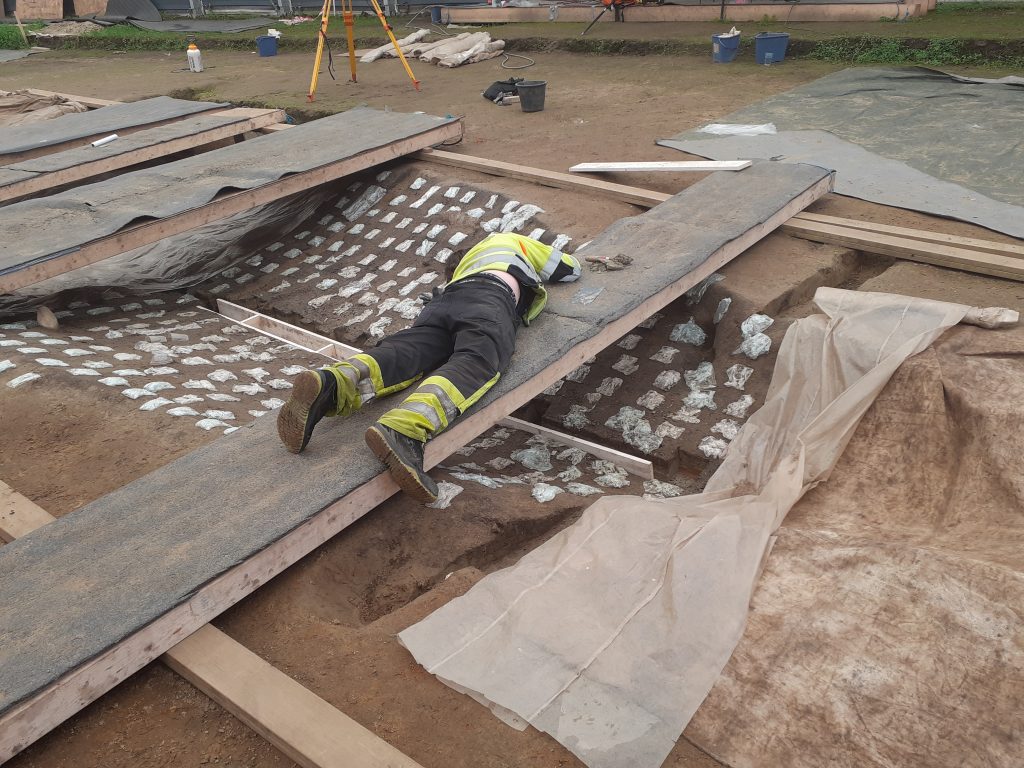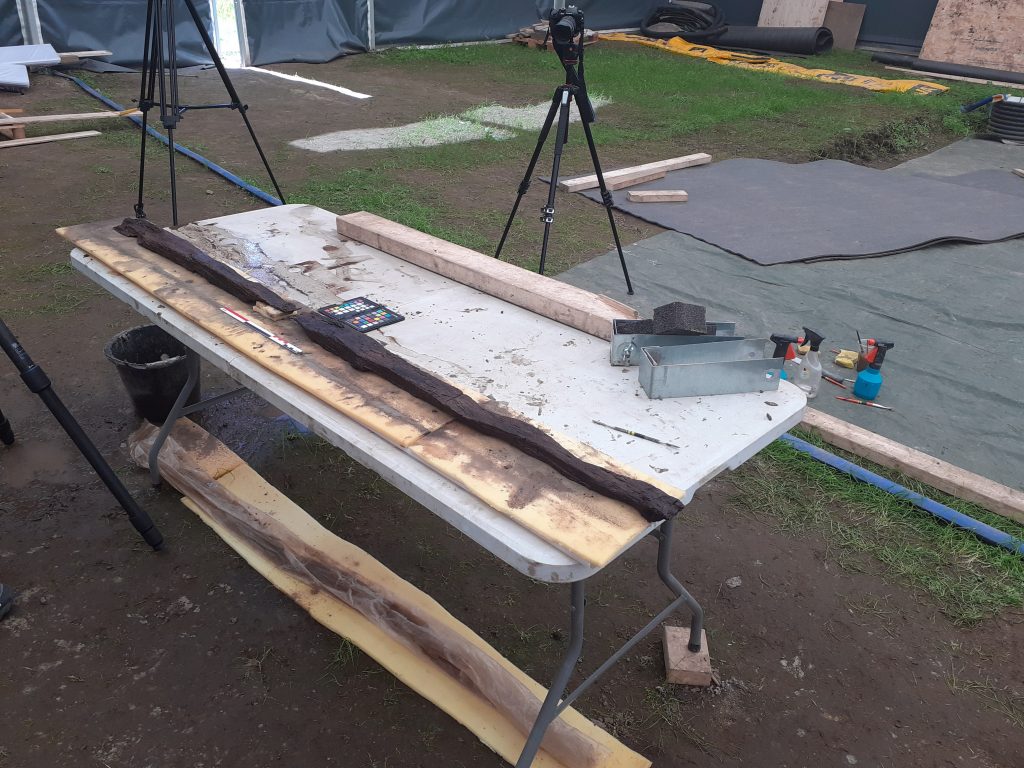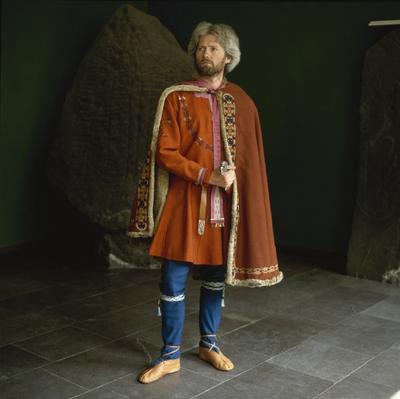One of the more preposterous plot points in “The Vikings” TV show is when the Rus invade Norway. This would have been geographically impossible without cutting through present-day Finland and Sweden first, quite apart from the fact that the Rus and the Scandinavians were generally on good terms.
It is fairly well established that the Scandinavians played a part in the founding of the Rus state, which leads back to modern day Russia, Ukraine and Belarus. But what about vice-versa? In his book The Varangians: In God’s Holy Fire, Dr. Sverrir Jakobsson points out that both St. Olaf and Harald Hardrada, two of the kings most fundamental to the creation of the Norwegian state, had been in exile in the Rus for long periods of time. Harald even went further and served in the Varangian Guard of the Roman Emperor.
The Rus at the time had so many towns that the Scandinavians called it “Garðaríki,” sometimes translated as “the kingdom of cities” or “the realm of towns.” And the court of the East Roman Emperor in Constantinople was the greatest in all of Christendom. Were the Norwegian kings inspired by the Rus and the Byzantines when they set about creating a state in Norway? These and many other Rus-related questions will be answered in an upcoming podcast with Sverrir Jakobsson on this very page.







 Norwegian lion meets Russian bear
Norwegian lion meets Russian bear